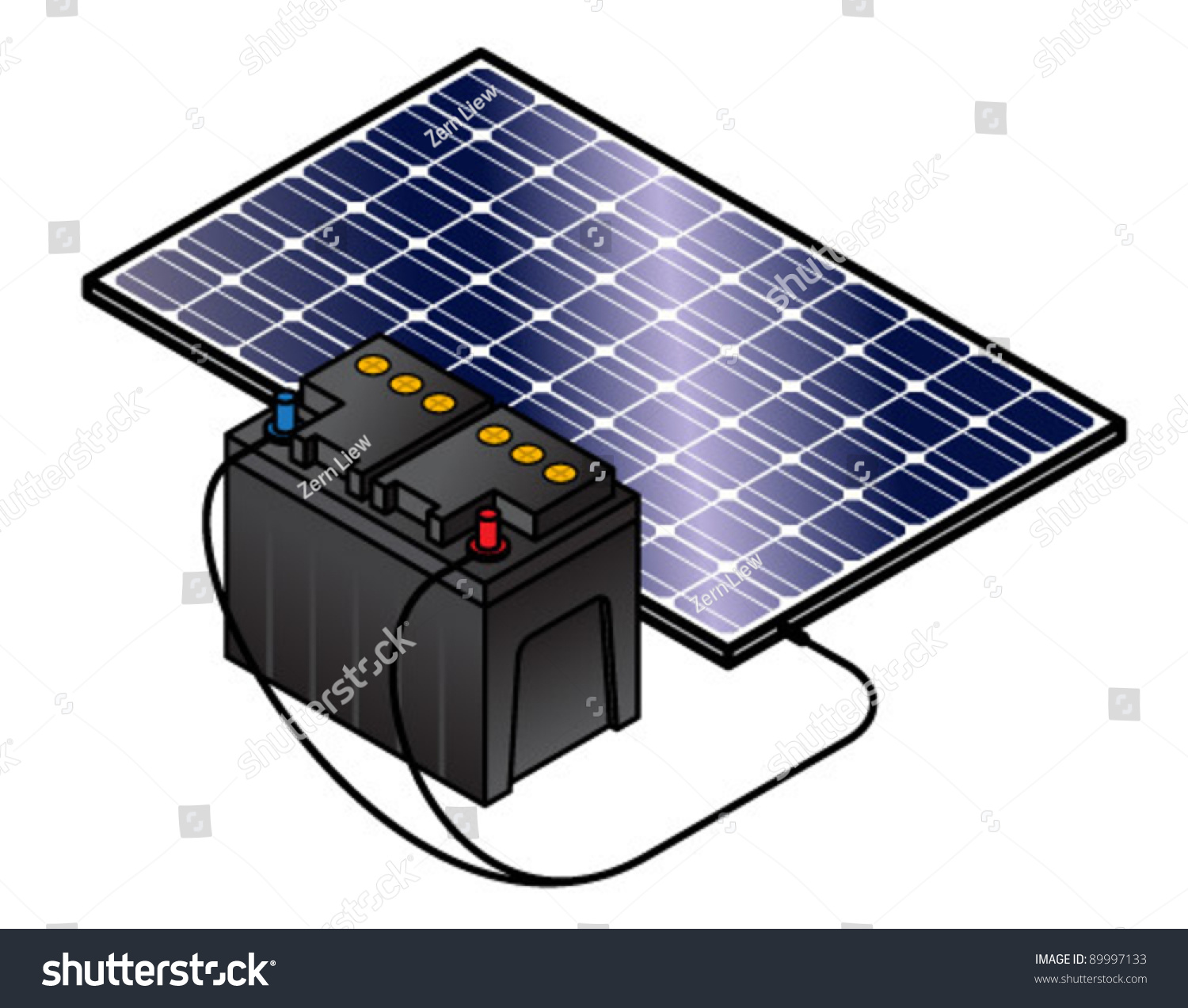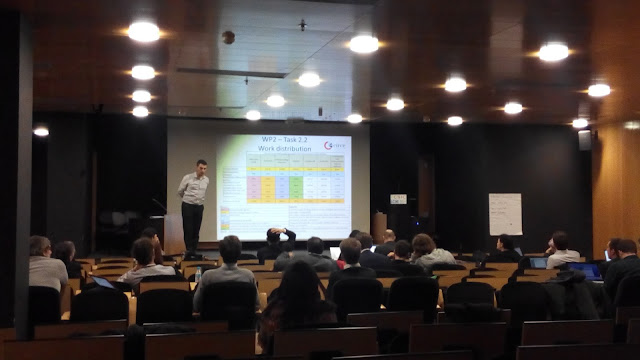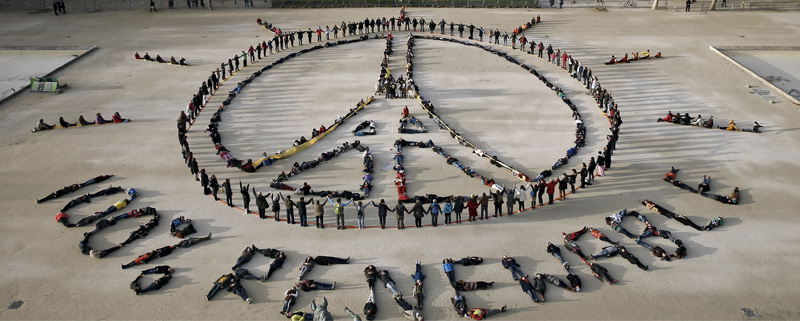 Many countries have committed to filling large percentages of their future electricity demand with intermittent renewable energy, and to do so they will need long-term energy storage in the terawatt-hours range. But the modules they are now installing store only megawatt-hours of energy. Why are they doing this? This post concludes that they are either conveniently ignoring the long-term energy storage problem or are unaware of its magnitude and the near-impossibility of solving it.
Many countries have committed to filling large percentages of their future electricity demand with intermittent renewable energy, and to do so they will need long-term energy storage in the terawatt-hours range. But the modules they are now installing store only megawatt-hours of energy. Why are they doing this? This post concludes that they are either conveniently ignoring the long-term energy storage problem or are unaware of its magnitude and the near-impossibility of solving it.
The graphic below compares some recent Energy Matters estimates of the storage capacity needed to convert intermittent wind and solar generation into usable dispatchable generation over different lengths of time in different places. The details of the scenarios aren’t important; the key point is the enormous differences between the red bars, which show estimated future storage requirements, and the blue bars, which show existing global storage capacity (data from Wikipedia). It’s probably not an exaggeration to say that the amount of energy storage capacity needed to support a 100% renewable world exceeds installed energy storage capacity by a factor of many thousands. Another way of looking at it is that installed world battery + CAES + flywheel + thermal + other storage capacity amounts to only about 12 GWh, enough to fill global electricity demand for all of fifteen seconds. Total global storage capacity with pumped hydro added works out to about 500 only GWh, enough to fill global electricity demand for all of ten minutes.
Yet microscopic additions to installed capacity are apparently considered a cause for rejoicing. Greentechmedia recently waxed lyrical about the progress made by energy storage projects in 2015 . “Last year will likely be remembered as the year that energy storage got serious …. projects of all sizes were installed in record numbers ….” But when it goes on to list “the Biggest Energy Storage Projects Built Around the World in the Last Year” we find they’re all 98-pound weaklings:
…click on the above link to read the rest of the article…

















